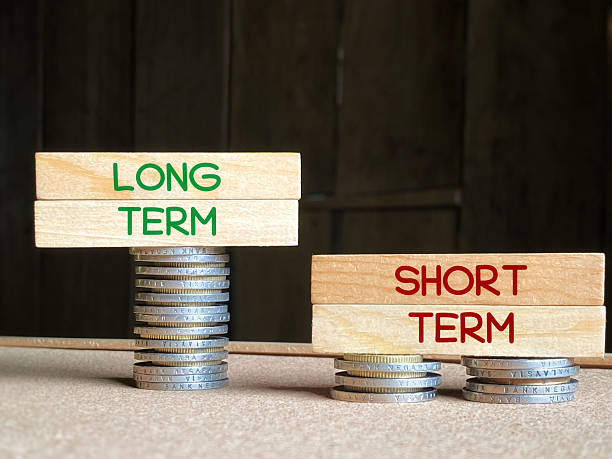
In an ever-changing financial landscape, investors often seek stability and predictable returns. Bonds, as fixed-income securities, offer exactly that. But a key question arises for both beginners and seasoned investors: Should you buy short-term or long-term bonds? The answer depends on your financial goals, risk tolerance, and the current economic environment.
Bonds are essentially loans you give to governments or corporations in exchange for regular interest payments, plus the return of your principal at maturity. The main difference between short-term and long-term bonds lies in their maturity periods:
Each type comes with its own set of pros and cons that are influenced by interest rates, inflation, and investment strategy.
Short-term bonds are generally considered less risky than long-term ones. They are less sensitive to interest rate fluctuations, meaning their value does not drop as sharply if interest rates rise. This makes them an ideal choice in a rising interest rate environment.
Additionally, they provide quicker access to capital, which is useful if an individual might need funds in the near future. They are often favoured for building emergency funds or for conservative investors who prioritise capital preservation.
However, the trade-off is lower returns. Since individuals commit their money for a shorter time, the interest payments are usually smaller compared to long-term bonds.
Long-term bonds offer higher interest rates, compensating for the greater risks involved. If you're investing during a time of high interest rates and expect them to fall, locking in a long-term bond at today’s higher rate could lead to excellent returns. These bonds are best suited for investors with a longer investment horizon, such as those planning for retirement or future education expenses. Over time, the compounding interest can significantly boost your portfolio’s value.
However, the major drawback is interest rate risk. If rates rise after buying a long-term bond, its market value can fall dramatically, especially if you try to sell it before maturity. The individual may be required to be exposed to inflation risk, which can erode the real value of their future interest payments.
The decision between short-term and long-term bonds should align with your financial goals, risk appetite, and the broader economic outlook.
If an individual is concerned about rising interest rates, wants flexibility, or has short-term financial goals, short-term bonds may be the better option. If you are looking for higher yields, believe interest rates will stay low or fall, and can commit your money for the long haul, long-term bonds could offer more value. However, there is no one-size-fits-all answer. Many investors choose to diversify by including both short and long-term bonds in their portfolios, balancing risk and reward. Consulting with a financial advisor who can also help tailor a bond strategy that fits your personal situation and market conditions.

This post has been authored and published by one of our premium contributors, who are experts in their fields. They bring high-quality, well-researched content that adds significant value to our platform.


